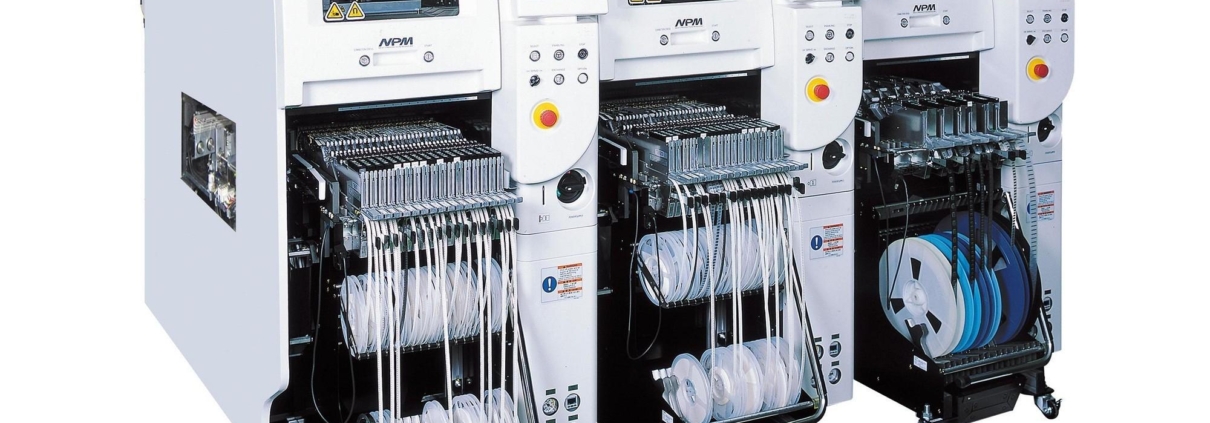Seven factors that affect SMT welding quality.
SMT (Surface Mount Technology) welding is a commonly used welding method in modern electronic manufacturing. However, SMT welding quality is affected by many factors, and these factors often have an important impact on welding quality. Next, we will introduce in detail the seven factors that will affect the quality of SMT welding.
1. Temperature control
In the SMT welding process, temperature control is very important. Too high or too low temperature will cause the welding quality to deteriorate. Generally speaking, the soldering temperature should be adjusted according to the requirements of electronic components and soldering materials. If the temperature is too high, it may cause damage to electronic components or overheat the solder joints, thus affecting the soldering quality. And if the temperature is too low, the welding point may not reach a sufficient melting temperature, causing the welding to be weak.
2. Beating quality
Blurring is an important link in the SMT welding process, which directly affects the welding quality. When applying paste, it is necessary to ensure that the position and size of the solder joints are consistent with the design requirements, as well as the wettability between the paste and the solder joints. If the paste is uneven or excessive, it may result in too many or too few welding points, thus affecting the welding quality.
3. Solder alloy
Selecting the appropriate solder alloy is also one of the key factors affecting SMT welding quality. A common solder alloy is an alloy of tin and lead. However, due to environmental protection requirements, many places have begun to use lead-free solder alloys. The selection of solder alloy should be determined according to the requirements of electronic components and printed circuit boards to ensure soldering quality.
4. Equipment performance
The performance of the equipment used in SMT welding will also directly affect the welding quality. The stability and accuracy of the equipment are crucial to the control of the welding process. The equipment should be able to provide appropriate functions such as temperature control, paste control and welding parameter control to ensure the stability and consistency of welding quality.
5. PCB design
PCB (Printed Circuit Board) design will also have an important impact on SMT welding quality. Reasonable PCB design should consider factors such as the layout of components, the size and shape of the pads, and the distance between the soldering points and components. Improper PCB design may result in component position deviation, pad size mismatch, or improper spacing between soldering points, thereby affecting soldering quality.
6. Maintenance
The maintenance of SMT welding equipment is also one of the key factors to ensure welding quality. Regular inspection and maintenance of equipment to maintain the stability and accuracy of the equipment is very important for the control of welding quality. In addition, timely replacement of worn parts and keeping equipment clean can also effectively improve welding quality.
7. Operator skills
The skill level of the operator will also directly affect the quality of SMT welding. Skilled operating skills can ensure accurate setting of welding parameters and stable control of the welding process. At the same time, operators should have the ability to solve common problems, such as poor welding, solder joint defects, etc., to improve welding quality.
To sum up, SMT welding quality is affected by many factors. Temperature control, paste quality, solder alloy selection, equipment performance, PCB design, equipment maintenance and operator skills are all important factors that affect SMT welding quality. Only by comprehensively considering and reasonably controlling these factors can we ensure that the welding quality during the SMT welding process meets the requirements.



